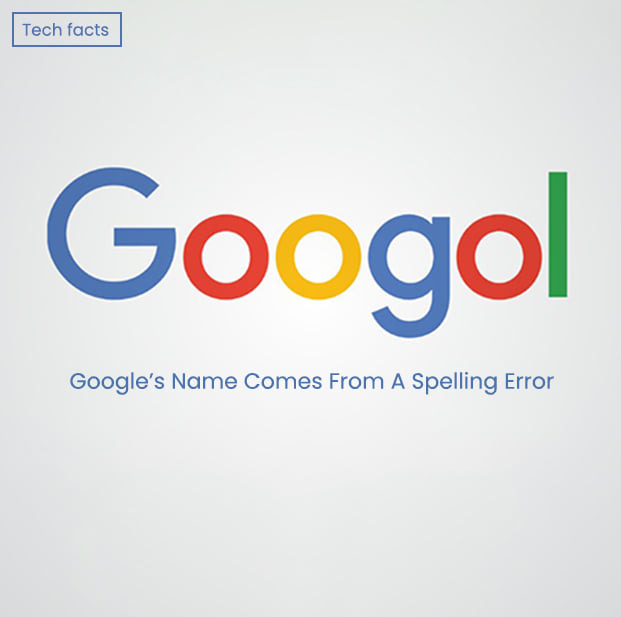I once read how the founders of Google almost went with the name “Backrub.” Yes, Backrub. That was the name Larry Page and Sergey Brin used when building their search engine while studying at Stanford. It was based on how their algorithm checked backlinks to rank pages. But something about it didn’t quite feel right. It was clever, sure, but didn’t have the kind of timeless power or catchiness they needed. So they kept thinking.
Eventually, they landed on the word “Googol,” a mathematical term for the number 1 followed by 100 zeros. It was playful, unique, and hinted at their mission to organise a seemingly infinite amount of information. A typo in spelling later, and "Google" was born. Today, it’s a household name. But think about that journey: from “Backrub” to “Google,” what changed wasn’t just the name, it was the clarity of purpose, the understanding of what they were trying to build, and how they wanted to be remembered.
That story stuck with me because it shows that naming isn’t always a flash of brilliance. Sometimes, it’s a process of shedding the names that don’t fit until you find the one that does. And even when you do, it may still need time, branding, and context to grow into something meaningful.
I think a lot about that when I see people struggle with naming their brands. We often want something perfect from the start; something that feels epic, catchy, smart, and brand-worthy. But the truth is, a great name doesn’t always come from trying to be clever. It comes from being clear. From being connected to your purpose. From knowing what your brand wants to represent and how you want to be remembered.
When you understand your mission, your audience, and the emotions you want to evoke, the name starts to take shape naturally. It becomes less about forcing creativity and more about alignment. And once you find it, even if it seems simple or weird at first, you start building around it, and before long, it becomes unforgettable.
So if you’re struggling with naming your brand, don’t freeze in search of perfection. Start by getting clarity about your story. What do you want people to feel? What space are you trying to own in their minds? Then start exploring, testing, saying names out loud, and seeing what sticks. Remember, even “Google” was almost “Backrub.”
It’s not just the name that makes the brand, it’s what you build around it.



